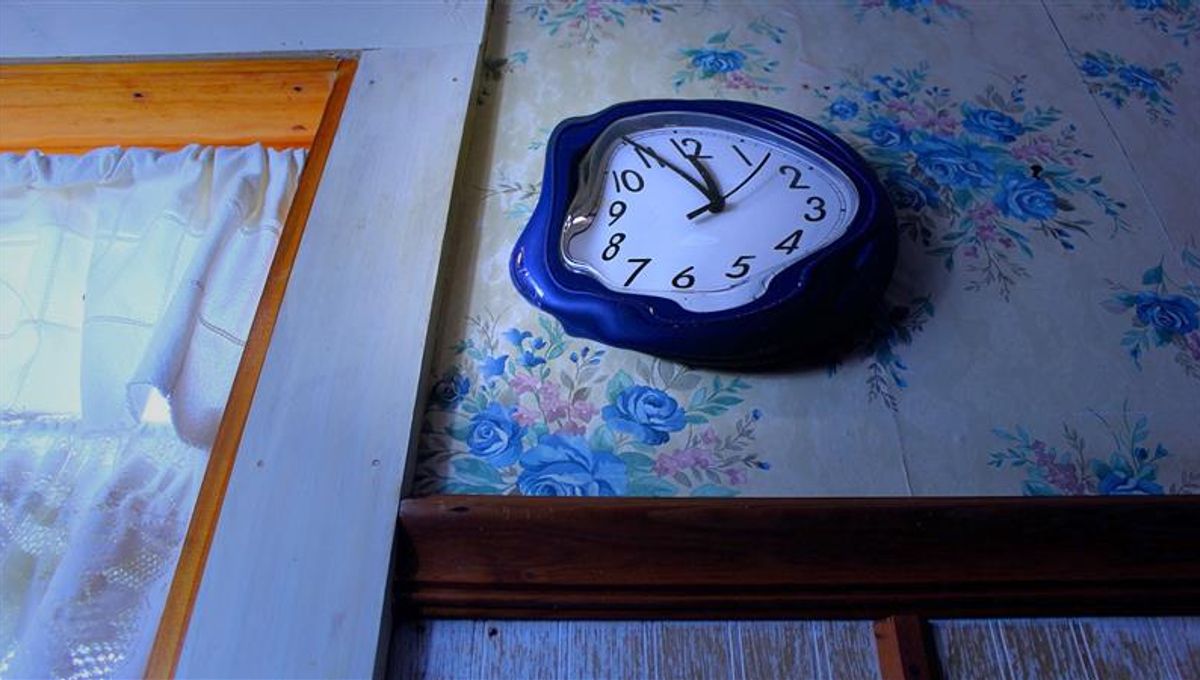
Dreams are weird places. No matter how strange and incongruous the content, most people dream without realizing they’re in a dream. However, this is not the case for everyone as lucid dreamers are able to perceive the dream for what it is. It’s a desirable skill and now there are various lucid dream apps available that help people optimize their sleep for various reasons. But are they effective?
A new study from neuroscientists at Northwestern University has provided the first-ever evidence that a specific method, known as targeted lucidity reactivation (TLR) can actually help people learn to lucid dream with minimal technical requirements.
Lucid dreaming is a bit of a superpower and people want to harness it for various purposes. For instance, some people seek it for its virtual-reality-like properties so they can problem-solve or practice skills. In other contexts, lucid dreaming has been used therapeutically to help people deal with nightmares.
Within the laboratory, lucid dreamers have been able to verify their awareness of a dream by communicating specific signals to the experimenters and responding to questions posed to them while asleep. This means lucid dreaming has significant value for scientific research, not only for investigating dreaming but for our understanding of consciousness too.
But despite its appeal, lucid dreaming is rare. In one study, around 50 percent of those sampled never had a lucid dream in their life, while around 20 percent reported having at least one a month.
At the same time, there are numerous resources on the internet that claim to be able to teach people to lucid dream, using strategies like dream journaling, waking up for periods of time at night, taking supplements, rehearsing one’s intentions before sleep, and so on. Some recommend practicing reality checks while you’re awake in the hope you’ll do so while you sleep, while others rely on wearable devices that are designed to deliver specific sensory stimulations while you sleep.
There are plenty of options available, but little research has explored how effective they are, especially for people at home who lack expensive technologies.
In their new study, Professor Ken Paller and colleagues recruited 26 participants who were then asked a series of criteria. This included whether they owned an Android phone, remembered having at least three to four dreams per week, slept at least seven to eight hours a night, and whether they expected to be able to fall back asleep if they were woken up two hours before they would normally get up.
Prior lucid dreaming experience was not part of the criteria for participation.
Out of the initial cohort, 19 participants met all the criteria. They were then given a smartphone app that used an adapted version of the TLR method, an experimental technique in lucid dreaming that combines aspects of memory reactivation with sensory cues to raise the chances of having a lucid dream. The technique generally involves using subtle sensory stimuli – sounds or gentle vibrations – during REM sleep which correspond with cues experienced while awake.
Before they slept, participants tested the app’s volume to make sure it wouldn’t wake them up completely but could still be detected when positioned near their pillow. The app coached each participant before they closed their eyes, including instruction on becoming aware of their physical, mental, and emotional state and taking in details about their surroundings.
If the participants awoke in the night, they were prompted to explain whether the app had caused it. They also filled out a nightly dream log.
In order to determine that the TLR app was responsible for prompting lucid dreaming or whether it was a result of the expectation or sleep disruptions, a second experiment focused on 120 app users. These individuals received the nightly training but a control group received dummy or no sound cues while they slept on alternate nights.
The results showed that, on the first night of the experiment, 17 percent of those who received the real app cue had lucid dreams. This occurred again on the second night but only 5 percent of the control group reported lucid dreaming.
The evidence for lucid dreaming in participants’ dream logs was fascinating too. One participant described being in their work office and their colleagues reacting to a sound and identifying what it was. In another instance, a participant described becoming increasingly frustrated in their dream as they searched for the source of the sound only to realize it was the cue.
“This is a dramatic increase, because even one lucid dream a week is considered quite a lot for most lucid dreamers,” said Karen Konkoly, a post-doctoral psychology fellow at Northwestern, said in a statement.
“The goal of this line of research was to find out how many lucid dreams we could evoke with just a smartphone, and to set a baseline of ease and access for people”.
Being able to tweak our sleep introduces a chance for more people to change their dreaming, Paller explained. “We are taking a sleep-engineering approach to using sleep for personal benefits, for practicing skills, solving problems, and for spiritual and personal growth.”
Importantly, previous research has suggested that experiencing a lucid dream can positively influence a person’s mood the following day.
“Some studies have shown the day after people have a lucid dream, they frequently report feeling happier and less stressed,” Konkoly added.
According to Paller, the next step in this research is to explore wearable options that would allow participants to sleep better without being woken up by the device. This could help deliver the cue to lucid dream while participants are experiencing rapid eye movement (REM) sleep, the time when they are most likely to have dreams and lucid dreams.
The paper is published in Consciousness and Cognition.
Source Link: You May Be Able To Learn To Lucid Dream Armed With Just A Smartphone